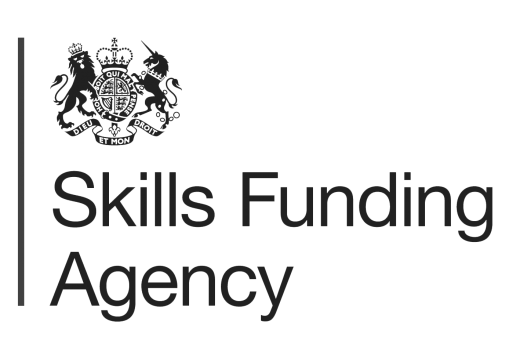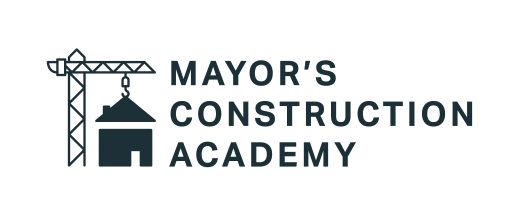Noise Awareness Training
Our Noise Awareness Training course is designed to help learners identify, react to, and mitigate risks imposed by noise at work.
Introduction
Our online Noise Awareness Training identifies the ways to recognise and reduce exposure to noise at work. The course is particularly well suited to those working in Construction or Industrial environments, as well as Hospitality and Leisure professionals.
Learning Outcomes
- Understand and display commitment to The Control of Noise at Work Regulations.
- Learn about the Ear and the effects caused by noise, including hearing loss.
- Recognise noise limits and determine who is responsible for protecting your hearing.
Course Structure
This training course is broken down into 3 sections.
The Ear
Noise & Responsibilities
Hearing Protection
Course Overview
Regular exposure to loud noises can affect your hearing. Our noise awareness training programme identifies those at risk, what the dangers are, and how to reduce them.
More than 11 million people in the UK suffer with forms of hearing loss and over 900,000 people are significantly deaf.
This online course explains the delicate mechanics within your ears, and how easily they can be damaged, as well as the permanent effects caused by noise.
You will learn about safe levels of noise exposure, and various strategies to reduce exposure to regular loud noises or even sudden extreme noise.
This training programme will also help you to recognise the early warning signs of hearing loss, to prevent permanent undesired consequences. High-risk environments for noise exposure include Construction Sites, Factories or Industrial production lines, and some Hospitality venues (such as nightclubs or live music events).
This simple and easy to understand course is broken down into 3 sections: the structure of the ear itself & how it works, various sources of noise as well as the responsibilities it enforces on employers, and finally the hearing protection equipment you need.
Abrasive wheels also emit high levels of noise, check out our Abrasive Wheel Safety Course!
Available in 28 languages
ALL INCLUSIVE
Machine translated* content is included for free with all of our popular courses.
It covers LMS navigation, course transcripts and test questions. If you don't see a course listed in the language you require, just let us know.
*Content which is not English may be machine translated and is for assistive purposes only. We cannot guarantee the accuracy of translations.
Noise Awareness Training certificate
All of our courses end with a multiple-choice test to measure your knowledge of the material.
Noise Awareness Training concludes with a 20-question multiple choice test with a printable certificate. In addition, short in-course questionnaires will guide you through the sections of the training, which are designed to reinforce learning and ensure maximum engagement throughout.
As well as printable user certificates, training progress and results are all stored centrally in your LMS (Learning Management System). This can be accessed at any time to reprint certificates, check & set pass marks, and serve as proof of commitment to ongoing legal compliance.
What does my certificate include?
Your Noise Awareness Training Certificate includes your name, company name (if applicable), name of course taken, pass percentage, date of completion, expiry date and stamps of approval or accreditations by recognised authorities.
Please note, if you are using our course content via SCORM in a third party LMS, then we are unable to provide certificates and you will need to generate these yourself in your host LMS.
Why is Noise Awareness Training important?
It's important that you comply with the law, as well as understand the ways in which it affects you in the workplace.
The Control of Noise at Work Regulations 2005 require an employer to:
- Assess and identify techniques to eliminate or reduce risks from exposure to noise to protect the hearing of employees.
- Provide hearing protection where it is required.
- Provide other controls where required and ensure proper usage.
- Provide information, training, and health surveillance
- Review any changes that may affect noise exposure in the workplace.
Suitable and sufficient information and training (must be provided) for employees, such that work equipment may be used correctly, in order to minimise their exposure to noise. The Control of Noise at Work Regulations 2005 Section 6 (3)
The Health and Safety at Work Act 1974 and The Management of Health and Safety at Work Regulations 1999 both ensure that employers have a legal responsibility to maintain the health & safety at work of all employees, including environments with loud or excessive noise.





